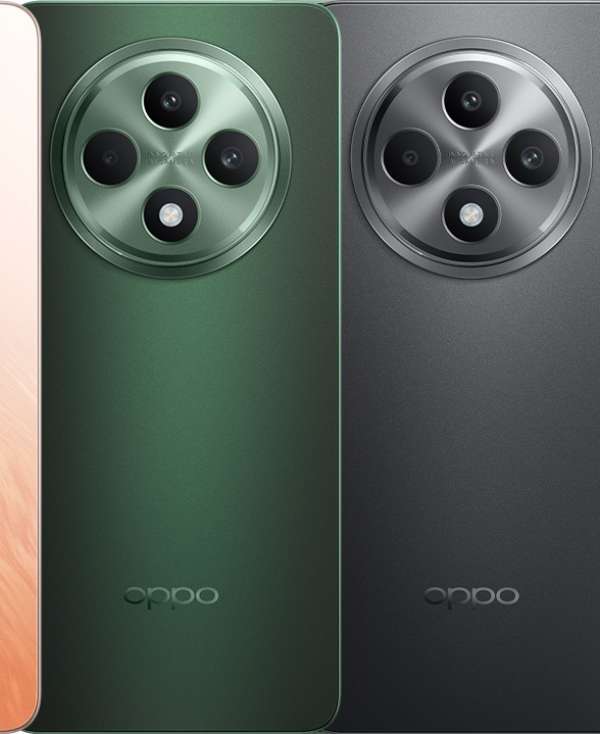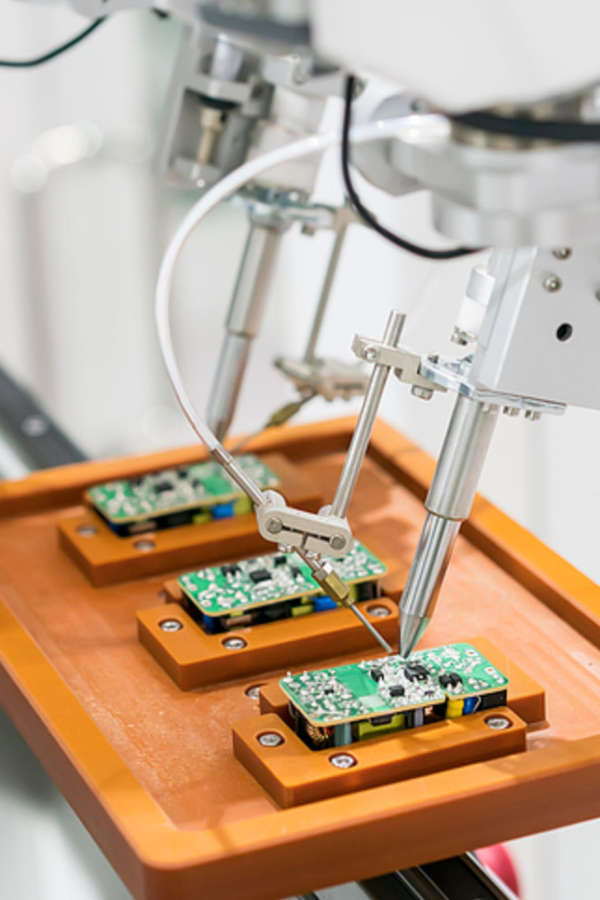In the past couple of years Huawei has emerged as one of the best smartphone makers in the world. The company has quickly expanded business outside China, including Europe, Asia and Africa.
In Pakistan Huawei is now considered to be the second-best smartphone brand, only a level below Samsung in terms of brand recognition and customer loyalty.
While most of the Huawei phones sold in Pakistan’s market are low-end to mid-range, Huawei isn’t shy to also release the latest flagship devices in the market.
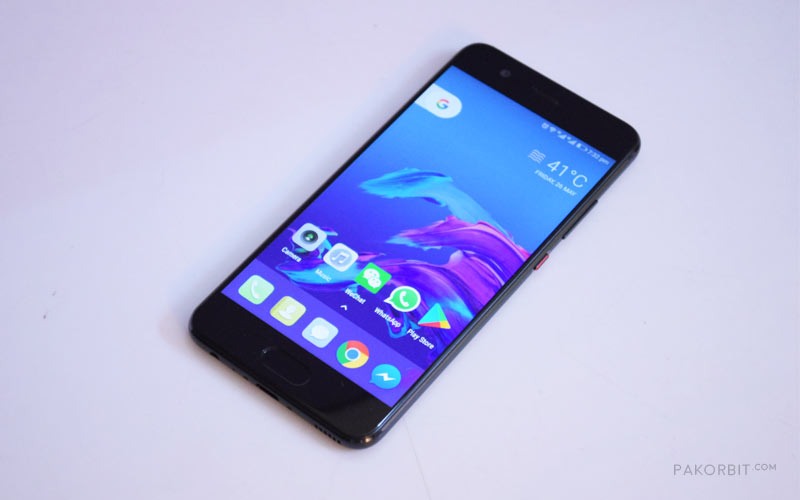
This year’s P10 and P10 Plus were launched in April, however we only got our hands on the P10 a couple of weeks ago. This phone is available in the market for a price of Rs. 59,999 and users get to choose between three colors, namely Dazzling Blue, Graphite Black and Prestige Gold.
We’ve got the Graphite Black version for this review, which doesn’t look so shiny as compared to other colors, but definitely feels premium.

The key selling point of this phone is the camera and I think that it deserves a separate review, so in this article we won’t be focusing much on the camera department and stick to the performance and design aspects of P10.
Huawei P10 Design and Display:
The P10 builds upon the success of its predecessor – the P9; however, the phone shares very few similarities in terms of design. The camera module is the only thing that looks common in both smartphones.
In fact the Black version we’ve got looks more similar to an iPhone 7 instead and the logo printed on the back is a bit faded, so at a first glance it would be very hard to recognize this phone.
Nonetheless, P10 offers a very premium built quality, the exterior is mostly made of metal and Gorilla Glass 5 is used on the front. Due to its round edges, the phone is a bit slippery especially using with one hand.
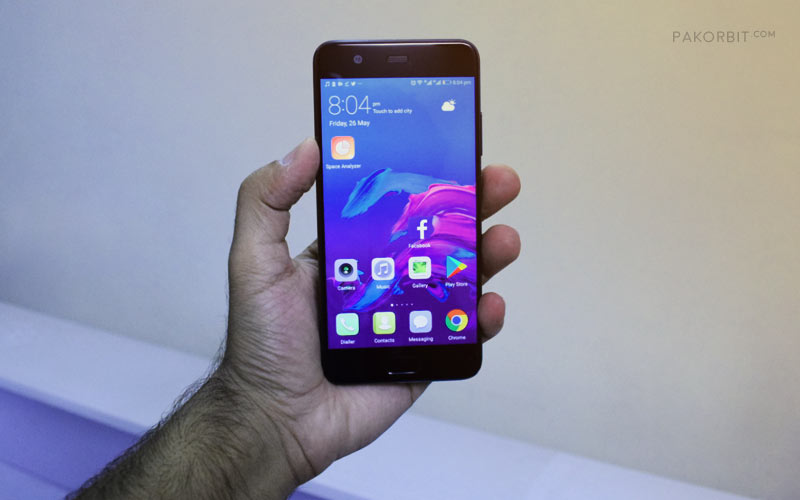
On the front side, there is a 5.1-inch screen with 1080p resolution. This phone uses an IPS-NEO panel which ensures that the blacks look really really black and the viewing angles are better than the regular IPS.
Despite the low resolution for a flagship phone, the P10 does have a very sharp screen. Icons and other small details appear vivid and clear on the screen. Probably this is one of the brightest screen panels I’ve ever seen on the phone and there is certainly no problem using this phone in the outdoors.
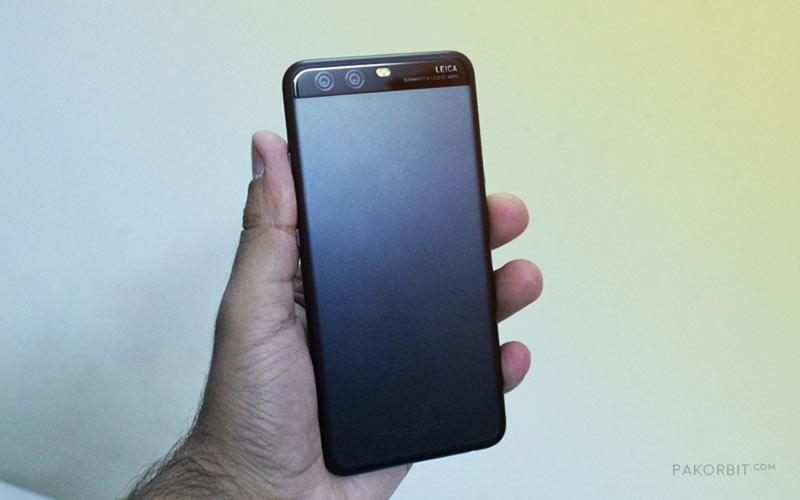
P10 has a relatively small screen size, 5.5-inch is a standard these days but thanks to the thin bezels it offers more screen space. While coming from a big screen, I didn’t notice much of the difference, however instead of 2.5D glass an actual curved screen would have been much suited for this phone.
All in all, the P10 has a very premium feel to its design, trendy and equally attractive. It does look quite similar to an iPhone and that’s not entirely a bad thing.
Device Overview:
Business above the screen is pretty usual, the front 8-Megapixel camera, notifications LED, proximity sensor and the ear speaker, its the bottom where things get interesting. First of all, Huawei’s text logo on the border is gone. It is now replaced with a home key that doubles as the fingerprint scanner and also performs as the back key and app switcher.
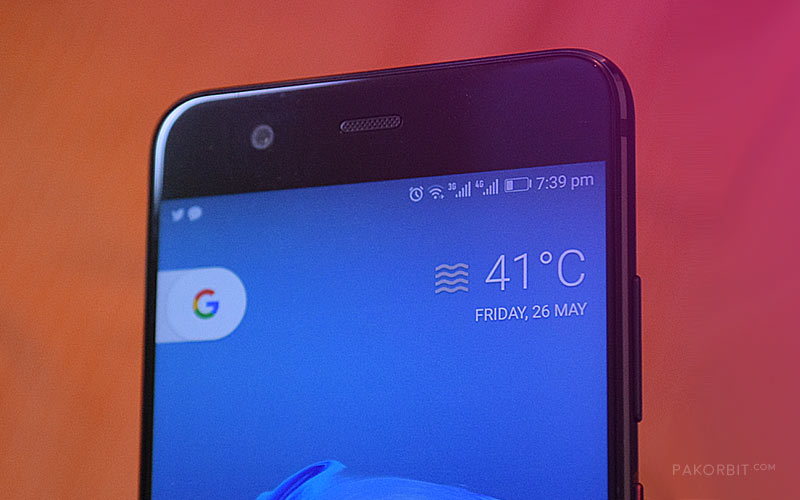
This new home key is actually a multi-function button, just like the one found on most of the Meizu phones, called the mTouch key. Huawei says this is to try and create a more streamlined design, with a focus on minimization.
You can have the regular on-screen keys, but I find this new key much easier to use. Just a single tap unlocks the phone and while the screen is on, single tap means back. Tap and hold means home and swipe from right or left brings up the app switcher.
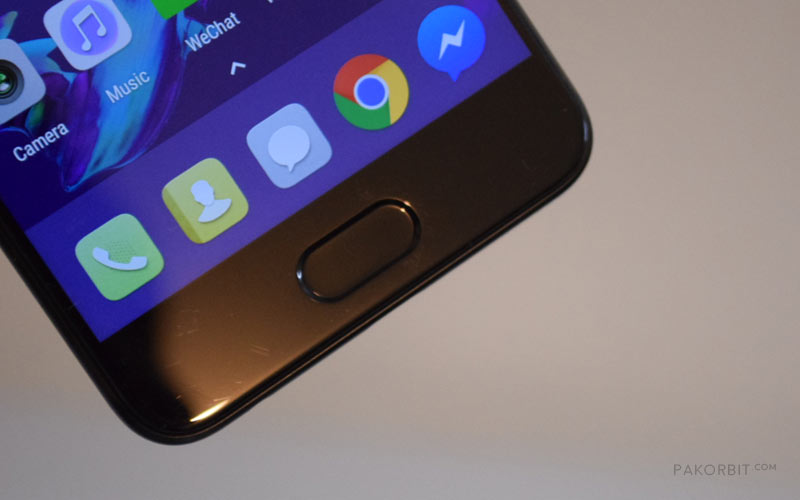
The volume rocker and power key are placed on the right side and both of them are made of metal. The power key is also slightly indented and has a nice red stroke around it, making it easier to identify even when you’re not looking at it.
There is a Dual-SIM card slot on the right, in which you can either use two nano SIM cards or opt for one SIM card and a microSD card up to 256GB.
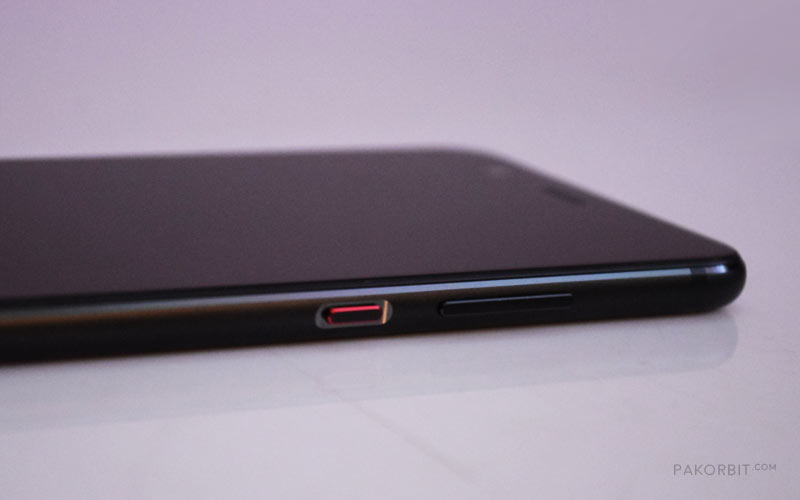
On the top, there is only a noise cancellation mic, however the bottom part is quite busy. It has the regular 3.5mm headphones jack, microphone, USB Type-C port and a single stereo speaker. I particularly didn’t like the speaker placement, as it usually gets covered when you’re holding the phone with one hand or while watching videos.

The back side is mostly metal, except the Dual-Camera panel that features Gorilla Glass. It features a 20-Megapixel monochrome sensor and 12-Megapixel color shooter along with a Dual-tone LED flash and the Leica branding.
There’s a Huawei logo in the middle, barely visible and some technical information on the bottom. The Black version is pretty dull as compared to the two ‘dazzling’ color options, which give a reflective metal effect and looks great. So, if you’re going for this phone, probably the blue version would be much better option.
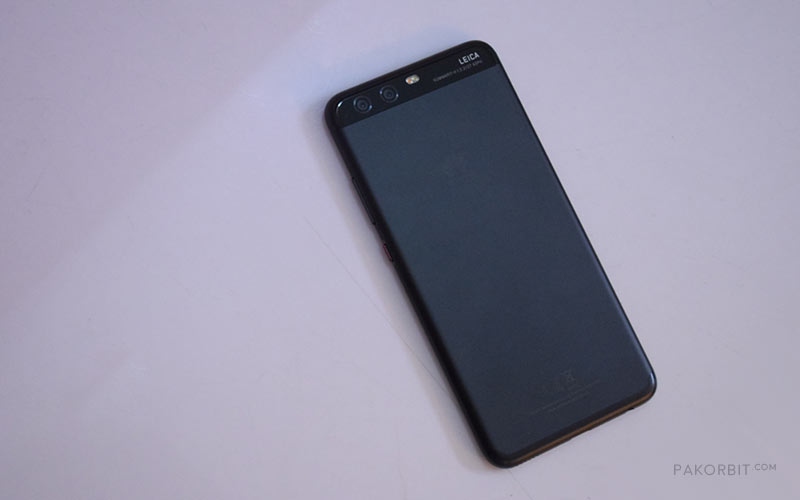
Hardware Performance and Software:
The P10 packs a HiSilicon Kirin 960 chipset featuring an octa-core processer and Mali-G71 MP8 GPU along with 4GB of RAM and 64GB internal storage. These specs are similar to those found on Mate 9 and puts it at par with some flagship devices of 2016.
Although the Plus version features a whopping 6GB of RAM, I do think anything above 4GB is a complete overkill as newer versions of Android are much better in terms of handling multiple apps while using minimum resources.
In terms of performance, P10 doesn’t break a sweat – it is fast, smooth and pretty much handles everything thrown at it. It passes the benchmarks with flying colors and resource hungry games won’t slow it down.
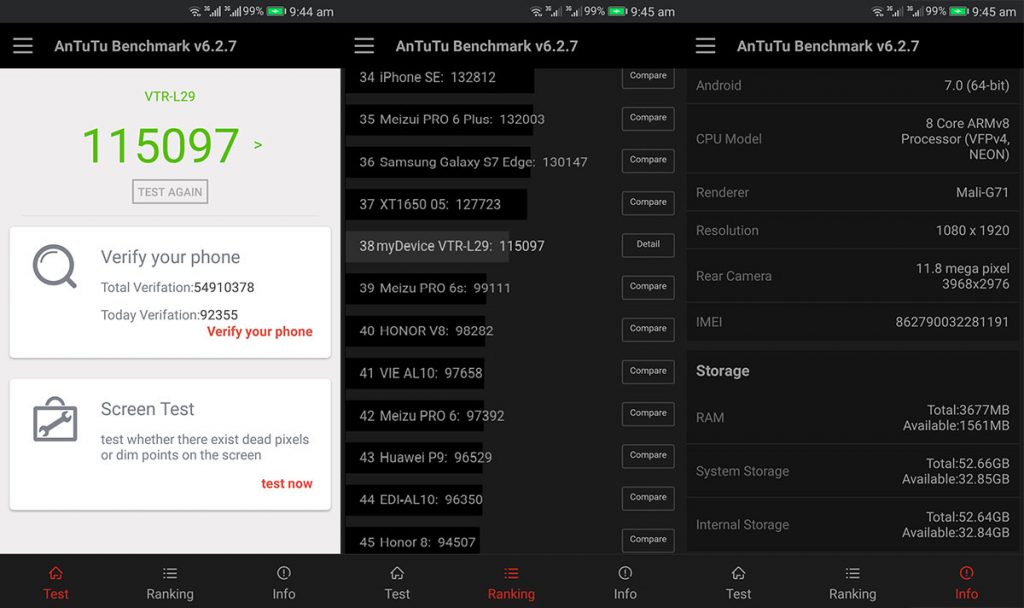
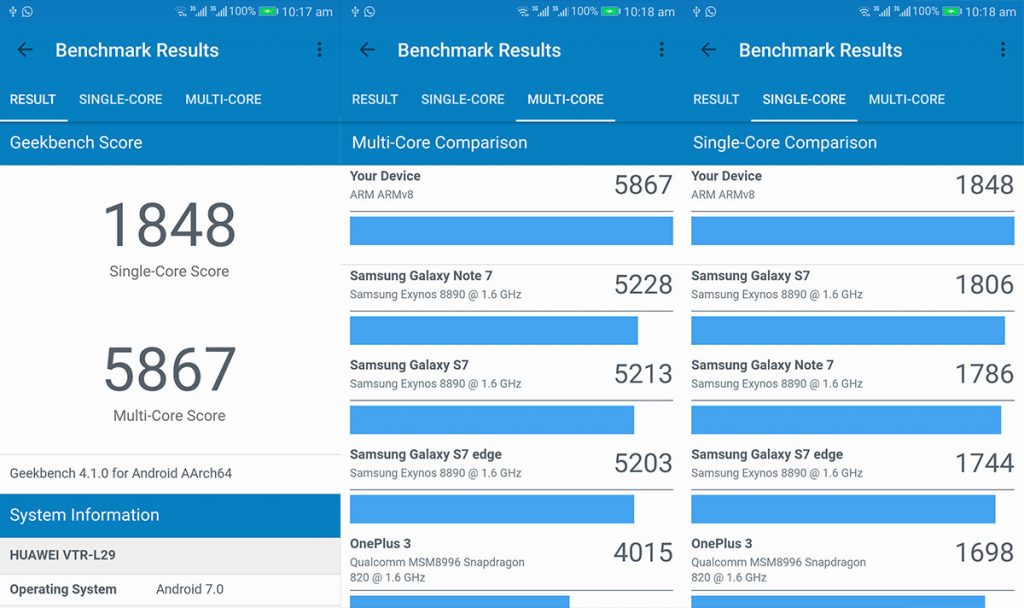
But I’ve noticed that it gets quite a bit hot while playing games or watching HD videos. This isn’t exactly a deal breaker, but for those who are constantly using the phone it could be a big problem.
On the other hand, calling and texting on P10 works great. Connecting Wi-Fi, Bluetooth and 4G LTE works nippy and zippy. Moreover, the fingerprint scanner on this phone is probably one of the fastest implementations on an Android phone.

P10 runs on Android 7.0 Nougat with Huawei’s EMUI 5.1 on top of it. While I personally prefer to use the stock version of Android, the EMUI has its own benefits.
The latest version of EMUI now features a built-in app drawer with a selection of themes, but you can also use any other launcher available in the Play Store including Google’s own Pixel Launcher.
Huawei claims that their new ultra-memory algorithm learns from the usage habits and optimizes the phone according to user preferences. While I haven’t seen much of difference, the software works smooth and fluid.
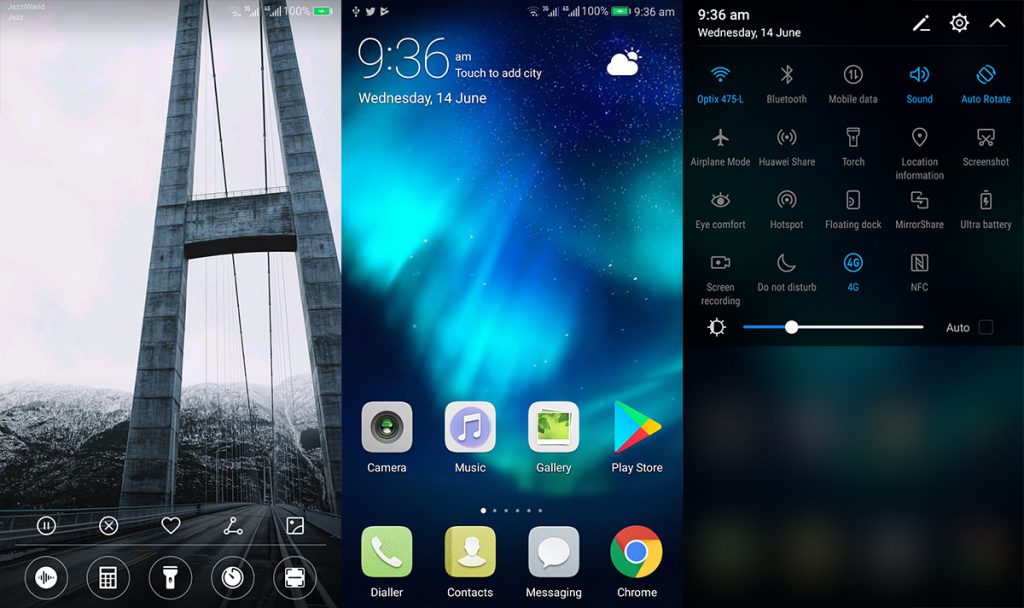
The EMUI enhances the functionality of Android and offers its own substitutes to the default Google apps. You can also have two instances of some of the social apps like WhatsApp and Facebook with the App twin feature.
The Phone Manager app provides easy access to cleanup phone space, scan for viruses, access app permissions, setup app lock or manage the blacklist.
Moreover, you’re also getting multi-user support and a private space, which you can access with different fingerprints and data is independently encrypted.
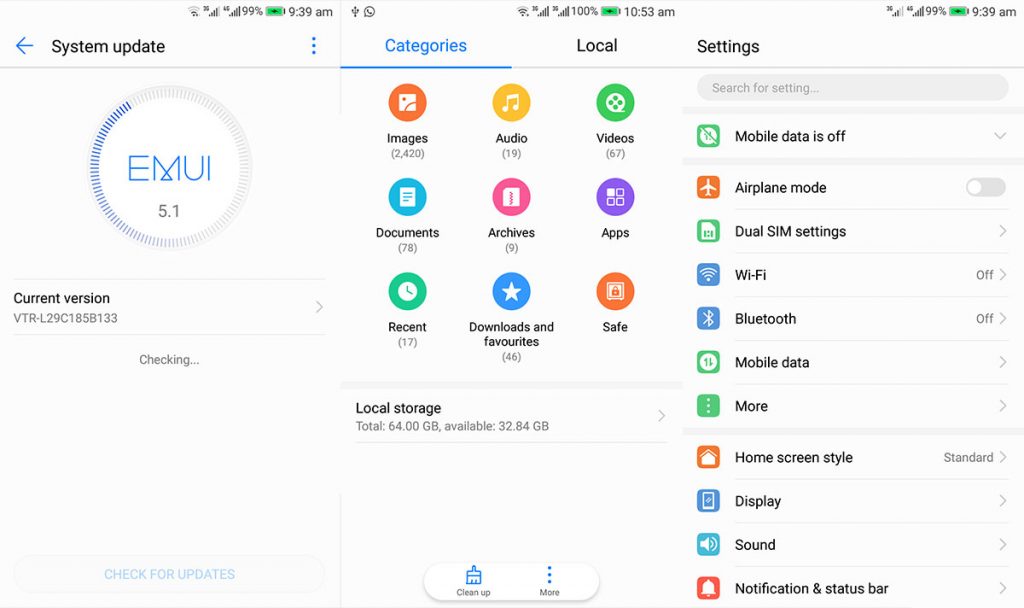
The EMUI also brings motion and knuckle gestures as well as voice control. You can flip the phone to mute, pick up to reduce volume or bring the phone to your ear to accept a call.
Similarly, the knuckle gestures include taking screenshots, opening apps and draw a line across the screen to activate split screen. It seems quite strange that Huawei haven’t included the universal double tap to wake up gesture.
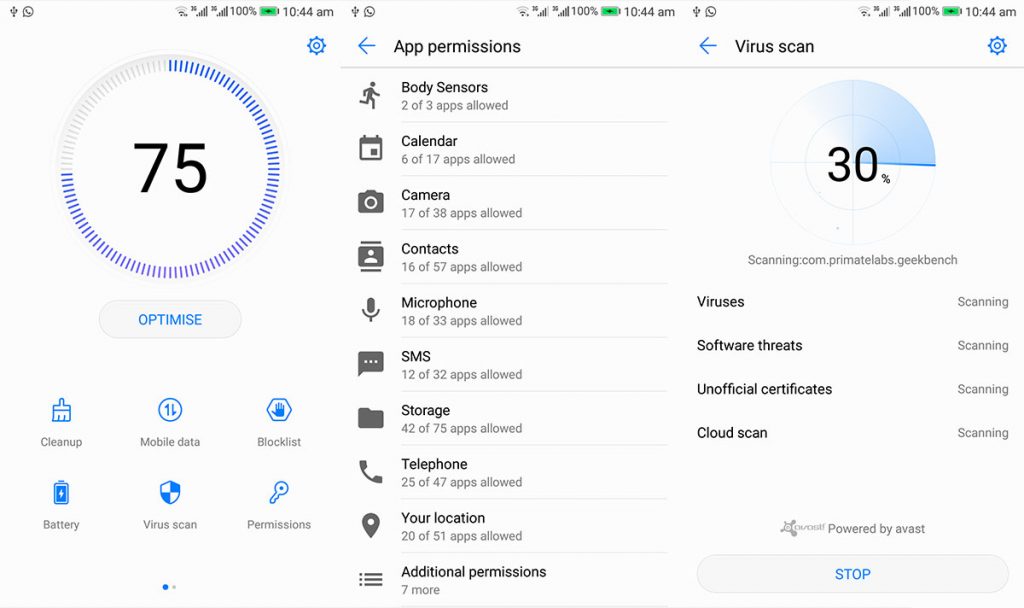
The EMUI 5.1 is by far the best version of Huawei’s OS and the company promises to deliver regular security updates but we’ve to see if this phone is going to get the next version of Android and how long would it take to arrive in Pakistan.
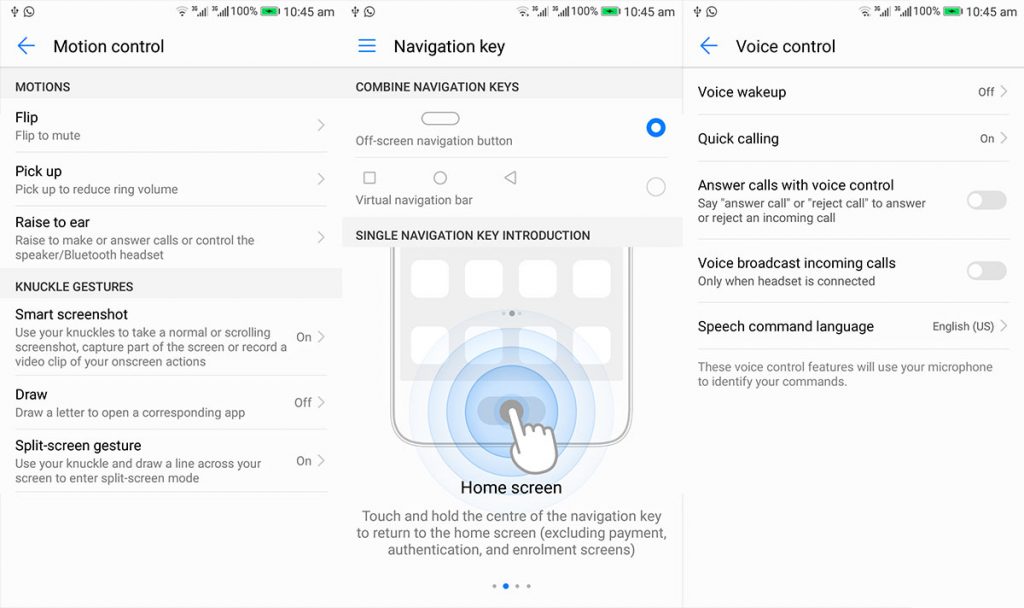
Camera & Video:
The P10 features Leica branded Dual Camera setup on the back with 12-Megapixel color shooter working alongside a 20-Megapixel monochrome sensor. The setup has f/2.2 aperture which includes PDAF, Laser auto-focus and Dual Tone LED.
Previously, Huawei has used a similar Leica setup on the P9 and Mate 9, but with the new portrait mode on P10, it takes beauty and bokeh effects to the next level.
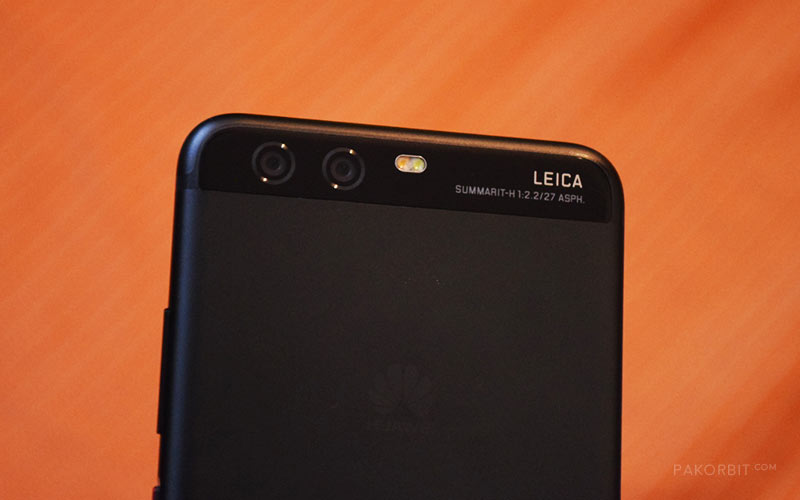
The phone takes photos with both sensors and then combine the two images to create a final image with enhanced details and contrasts.
It merits mentioning here that folks at DxOMark have given P10 a rating of 87 out of 100 for its camera capabilities, which is one point higher than the acclaimed iPhone 7.
While it creates some stunning photos in day light and when the there is enough light to properly expose the subject. The camera does need some improvements, especially in the low light where it struggles to focus and produces much noise in the resulting photos.
The fake bokeh effect, similar to the DSLR when using large aperture seems very good and the color saturation is pleasantly nice in most of the shots.
Talking about the front 8-Megapixel, f/1.9 camera – it does take alluring selfies and you can use the beauty mode to further enhance the portraits. Another thing about the front camera is that it automatically re-frames the shot when it detects there are more people. You also get the bokeh effect in the front camera, despite the fact that it lacks a second sensor.
The camera app itself is pretty straight forward and easy to use. Aperture, portrait, flash and color options are displayed all the times on the screen, while you can get different modes like HDR, Panorama, Monochrome, Time lapse and light painting by swiping from left to right.
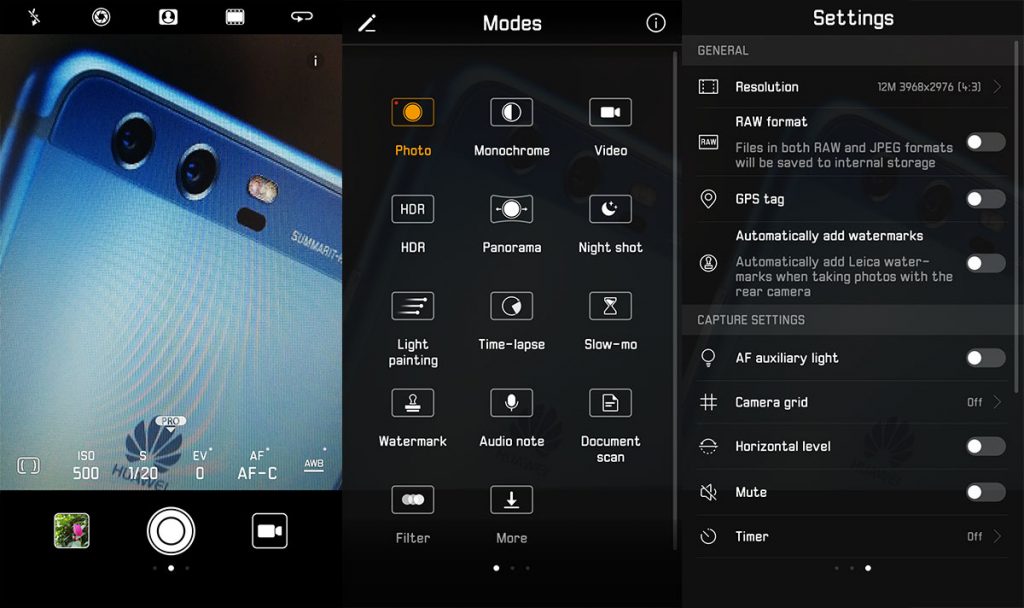
The P10 also captures 4K videos and features Optical Image Stabilization, which produces very smooth and fluid footage. The front camera is limited to 720p only and you get a 16:9 aspect ratio with stereo sound.
You’ll also get the beauty mode enabled in video recording, which ensures basic touch up for the faces in the videos as well.
In terms of everyday photos, the P10 works just fine and probably you won’t have to use filters or special modes since the basic version takes all kind of shots without any hassle. Have a look at some of the samples below.
Battery Performance:
Huawei P10 packs a 3,200mAh battery as compared to the 3,000mAh battery found on P9. It also offers Super Charge technology that quickly charges the phone and you can get more than 70% charge in under one hour.

Unfortunately, the battery does drain pretty fast as well, especially when you’re using internet or watching a video. With a moderate usage of the phone, it can barely last up to one day and it drains much faster when it goes below 20%.
For this reason, I’ve found myself mostly using the Power saving mode with resolution and dimmed brightness to maximize the battery life. In our tests, the phone lasted for around 5 and half hours while playing a 1080p video using MX Player and less than 4-hour usage of Wi-Fi + mobile internet while keeping the screen on completely drained the battery.
The phone does offer Ultra-Power saving mode as well, which runs only select apps while disabling everything else in the background – but there is no stopping to the quick battery drain.
The good news is that you can quickly juice up the battery, but it only works with the charger and Type-C cable provided in the box.
Should You Get a Huawei P10?
Yes, of course if you have the budget Huawei P10 is a great phone to have in this price segment. It is trendy and stylish with a nice ergonomic design, a very bright screen display and offers top-notch performance.
The camera setup is remarkable as compared to other phones in this price range and finally Huawei is doing good in terms of software.
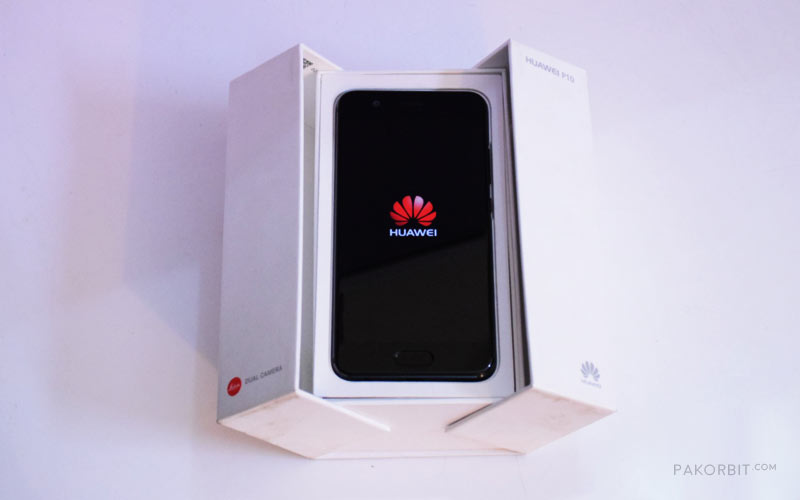
Having said that, P10 isn’t exactly a match to other flagships of 2017, like the Galaxy S8, LG G6 or the Google Pixel. These phone makers are experimenting new things in terms of design and the overall experience, like bezel-less screens, curved displays, focus on AI and VR. While on the other hand, Huawei hasn’t done anything new with P10 and only improved its previous iterations to a certain extent.
Furthermore the price of this phone won’t attract much of the customers in the Pakistan market, since the average customer doesn’t have enough buying power and those who do opt for Samsung or Apple.
Huawei has to work on some innovative ideas for its next flagship in order to stand out among the crowd of Android smartphones.










